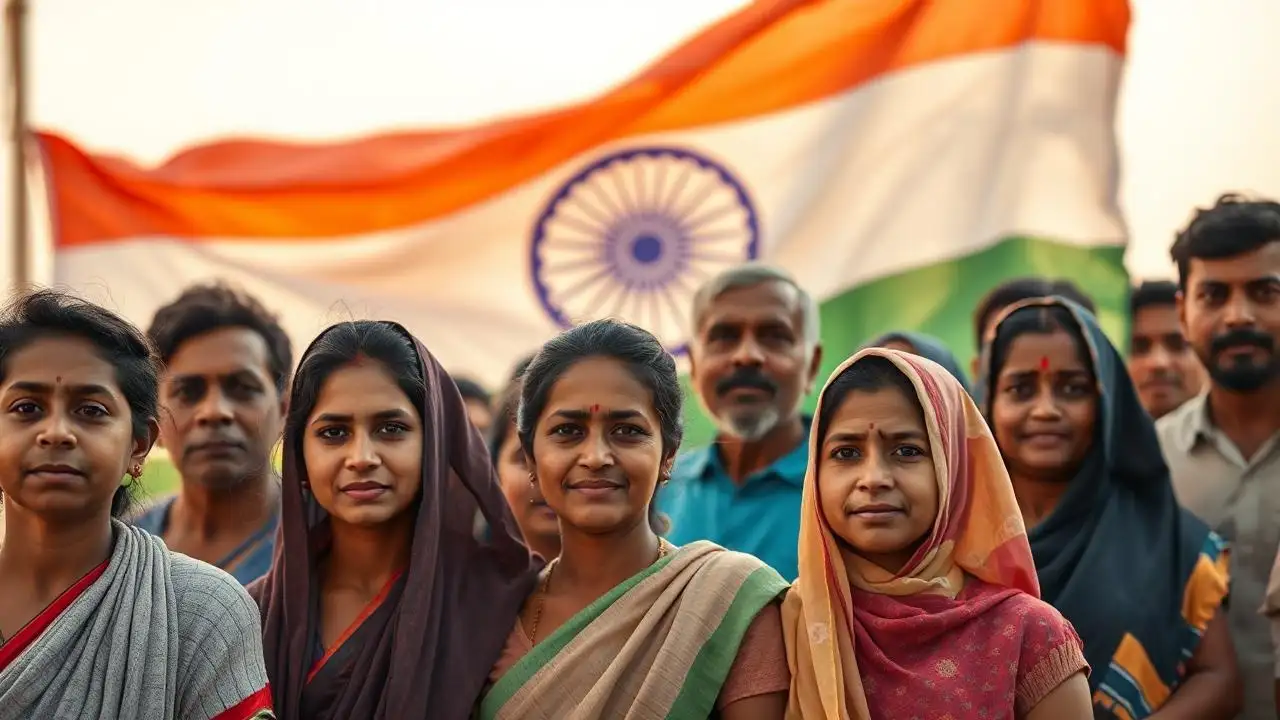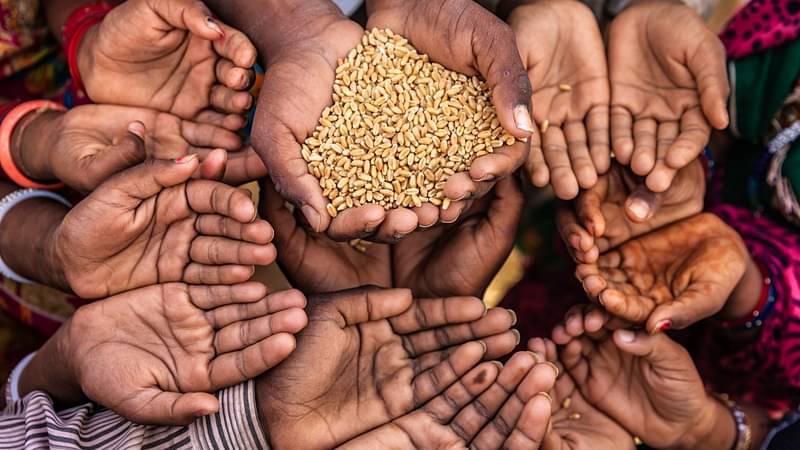In a remarkable turnaround, India has achieved a dramatic fall in extreme poverty — from 27.1% in 2011–12 to just 5.3% in 2022–23, according to the latest World Bank data. This means around 269 million (26.9 crore) Indians have been lifted out of extreme poverty in just over a decade.
Key Highlights:
People living in extreme poverty:
344.47 million (2011–12) ➝ 75.24 million (2022–23)
At $2.15/day poverty line:
205.93 million ➝ 33.66 million
Rural poverty: 18.4% ➝ 2.8%
Urban poverty: 10.7% ➝ 1.1%
Multidimensional Poverty Index (MPI):
Fell from 53.8% (2005–06) to 15.5% (2022–23)

Top Contributor States:
Uttar Pradesh, Maharashtra, Bihar, West Bengal, and Madhya Pradesh—states with the highest poor population in 2011—accounted for nearly two-thirds of this historic improvement.
How India Made It Happen:
Under the leadership of PM Narendra Modi, India focused on empowerment, inclusion, and infrastructure. Key government schemes that made a difference:
PM Awas Yojana – Affordable housing
PM Ujjwala Yojana – Free LPG connections
Jan Dhan Yojana – Financial inclusion for all
Ayushman Bharat – Free healthcare access
Digital India & DBT – Direct cash transfers, zero leakage
The BJP-led NDA government, now completing 11 years in office, has celebrated this as a major milestone in its mission to build a New India — self-reliant, inclusive, and poverty-free.
This isn’t just data — it’s 26.9 crore real stories of hope, dignity, and opportunity.

